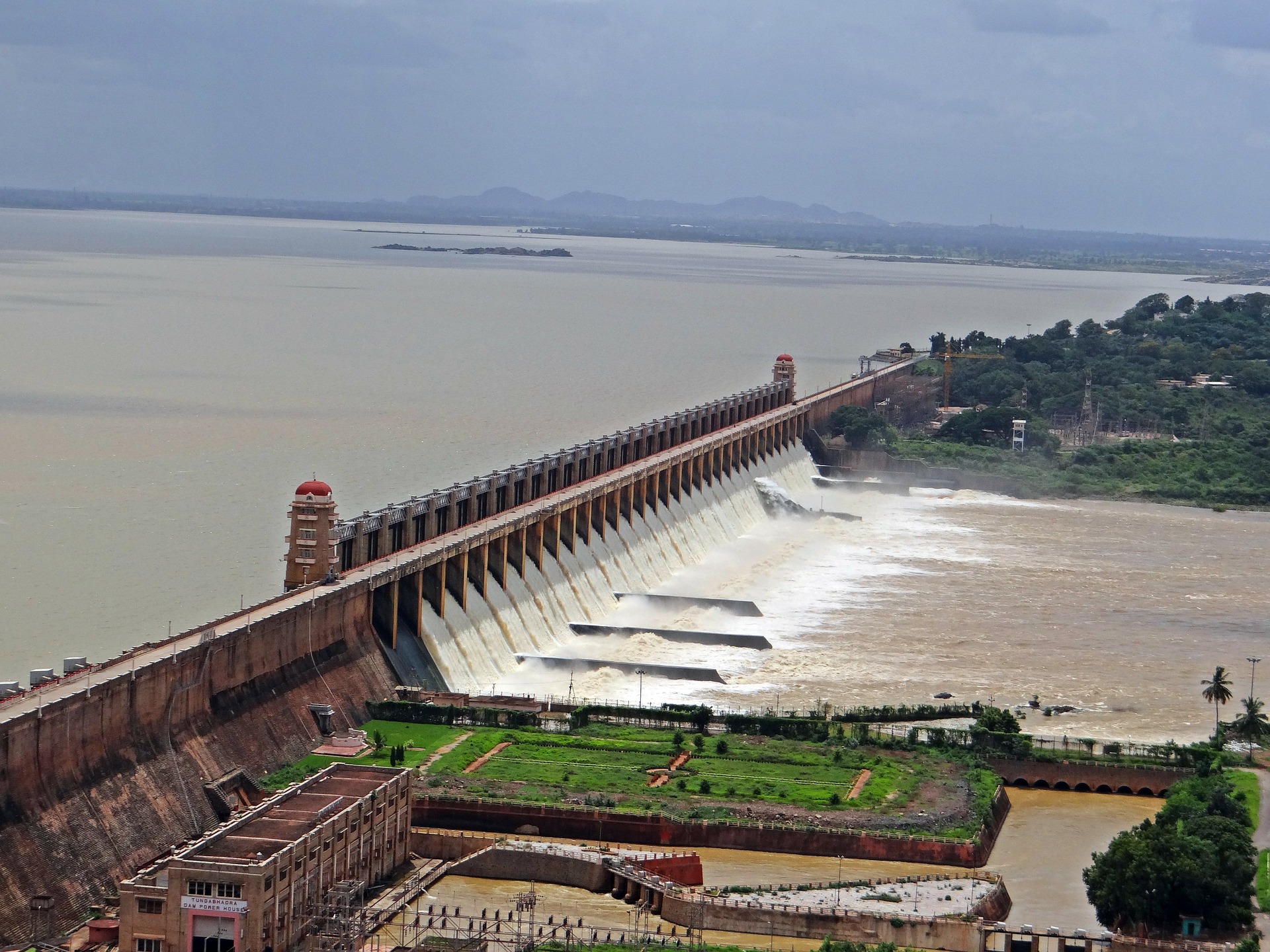Dams in Northeast India Threaten Ecosystems

Ambitious planners in New Delhi look to build 160 dams in Assam and Arunachal Pradesh, India’s northeastern states located east of Bangladesh. Arunachal Pradesh has the potential to be a major center for the nation’s dam building program because of the massive Brahmaputra River. The Brahmaputra, one of the world’s major rivers, stretches 2,900 km from the Tibetan Plateau through China, India and Bangladesh. The plans are projected to produce nearly 60,000 megawatts of electricity. However, the proposed dams threaten the Northeast’s fragile ecosystems that are rich in biodiversity, and have been protected by indigenous communities for generations. The dams will definitely have major impacts on the downstream floodplains. Additionally, if the dams were to be brought to fruition, many similar projects would erupt throughout the region.
These dams are highly controversial as critics mock the planners’ neglect of ecological impacts and geological factors. One major inconvenience is the fact that the Brahmaputra floods extensively during monsoon season hindering the dams’ utility and efficiency. Another factor is that the northeastern part of India is seismically active and has high possibilities of earthquakes. In fact, in 1950, a major earthquake completely altered the shape of the river basin. This makes the Brahmaputra a dangerous place to invest in dams because an earthquake could have severe impacts for the many people downstream. Finally, the regional farmers are heavily concerned about the soil erosion new dams would cause. It has been observed that dams wreak havoc on downstream floodplains. Soil erosion would destroy the habitat for indigenous wildlife as well as farms.
Another contention of controversy is the dams’ relationship with pollution, energy, and climate change. The major reason why the dams are being created is to produce renewable energy in the form of hydroelectricity. The Indian government defends the idea that hydro power would help the nation transition away from coal and fossil fuels. The government views the dams as a crucial step to lowering pollution throughout the nation. However, critics believe constructing mega-dams leaves behind a huge carbon footprint, making huge dams net worse for the ozone. Also, flooded crops produce methane, a greenhouse gas that is about 20 times more powerful than carbon dioxide. Additionally, opponents in the Northeast believe the energy will make India’s rich even richer as they export the energy to other parts of India instead of building local industries.
Since 2009, the dams have been brought in and out of discussion, but each time progress started being made, public protesters halted it. However, as of late, public opposition has been suppressed and taken out of media picture. The regional people’s voices are being silenced by the corrupt institution. In May of last year, a community organization in the Northeast urged the governments of India, China, and Bangladesh to stop the dam construction in the following letter.
We, the representatives of the indigenous people’s organizations of India’s North East concerned over the issue of water and adverse impacts of mega development processes, such as mega dam constructions, mining in the region, coming together on 17 – 18 May 2013 at Dimapur, Nagaland unanimously resolved to:
Affirm that water is life and inherent source of our physical, spiritual, cultural, economic and political survival. Further affirm our right to use, manage and control all water bodies and its sources in India’s NE, Rivers, Wetlands, groundwater, glaciers, forests etc, which is crucial sustaining our agriculture, food, rich biodiversity, cultures and identity as peoples.
Concerned with the aggressive development interventions on water bodies in our region, such as the construction of series of mega dams over Brahmaputra River by the Governments of India and China, with minimal consideration of the rights and relation of indigenous peoples to these rivers and without their participation and free, prior and informed consent.
The decision of whether or not to build dams melts down into an application of cost-benefit analysis. Converting to sustainable renewable energy is net beneficial to modern society, but building these dams in Northeast India has tremendous impacts, including destruction of biodiversity, risking lives downstream due to a possible earthquake, and injustice to the indigenous peoples. In this case, the costs severely outweigh the benefits so we need to spread the voices of the oppressed people of Northeast India so that the entire subcontinent realizes the damage their dams could create.
[Image Attribute: Pixabay]



